Imagine being exposed on a lonely island. Where would you like to be stranded? For us it is very clear: New Zealand!
Of course, the term “island” is a bit broad here, because with its 269,652 km² New Zealand is not a small pirate island in the traditional sense. But what we find so fascinating about New Zealand are the different natural wonders and climate zones, all concentrated in one place.
Did you know that around 85% of the approximately 2,300 plant species native to New Zealand are endemic, so they only occur there.
Here are a few highlights that most impressed us on our trips to this fascinating natural world:
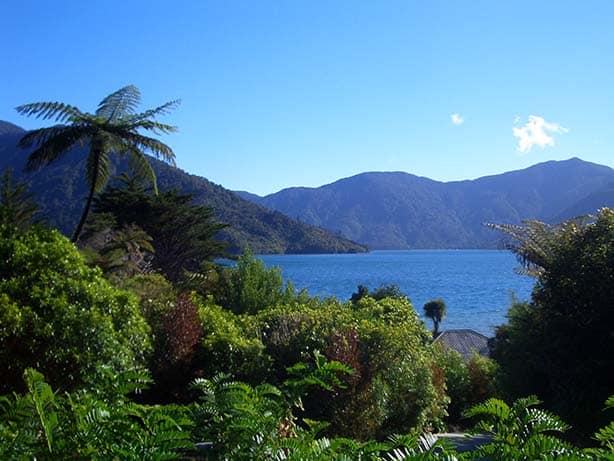
Northland
The extreme north of the North Island is very mild and characterized by the subtropical climate. There are endless long sandy beaches, sand dunes, many small islands and old forests with the largest cowrie trees in the country.
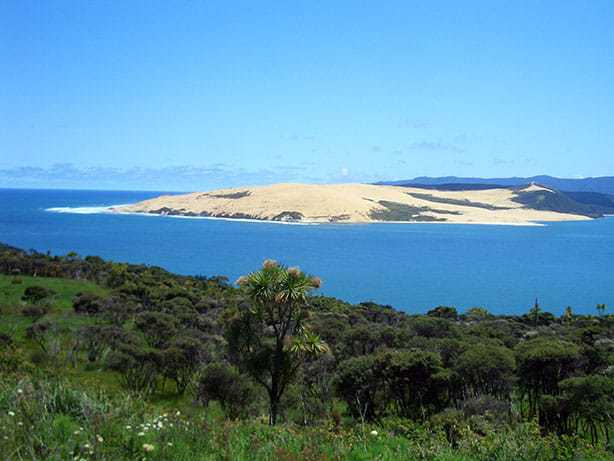
The kauri tree is an evergreen tree that today mostly reaches stature heights of 30 to 50 meters and trunk diameters of 1 to 4 meters. Tāne Mahuta, or Lord of the Forest, is the largest known kauri tree.
South of New Zealand’s largest city, Auckland, there are numerous volcanic activities and the center of the North Island is dominated by the three large volcanoes Mount Ruapehu, Mount Ngauruhoe and Mount Tongariro, as well as the many steaming pools, geysers and the large lake Taupo.
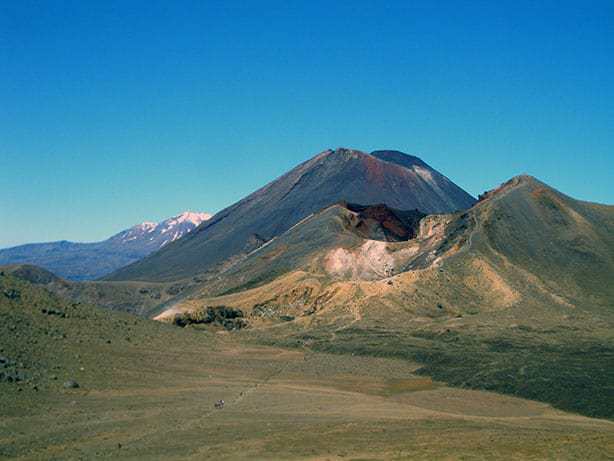
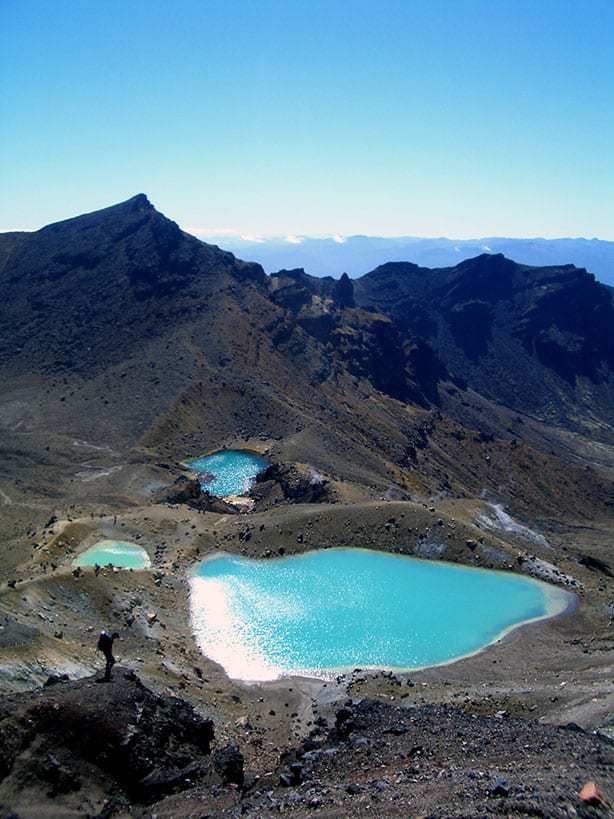
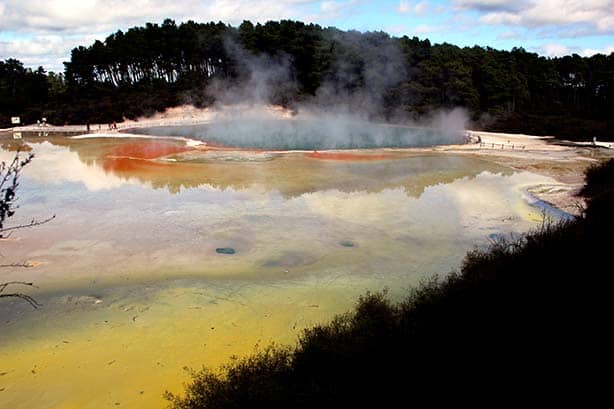
South Island
But if you prefer to enjoy the loneliness and the rough nature, then you should concentrate on the South Island. Here the various facets become even clearer: in the north of the South Island you can find the gently rolling hills and branched bays of the Marlborough Sounds.

The Abel Tasman National Park captivates with its beautiful, white sandy beaches that are ideal for swimming. On the way to the rough west coast you come through dense rainforest, which extends along the entire coast.
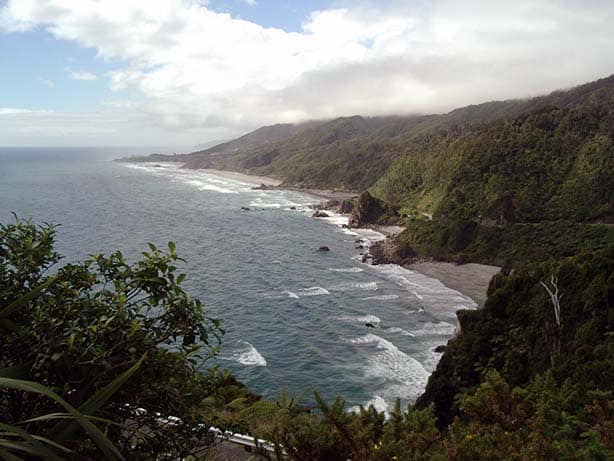
The Southern Alps shape the image of the west coast of the South Island. On clear days you can catch a glimpse of the snow-capped peaks of the Alps from the beach.
The Fox and Franz-Josef glaciers are among the top highlights of the South Island. The Franz Josef Glacier is a tempered glacier and flows about half a meter a day.
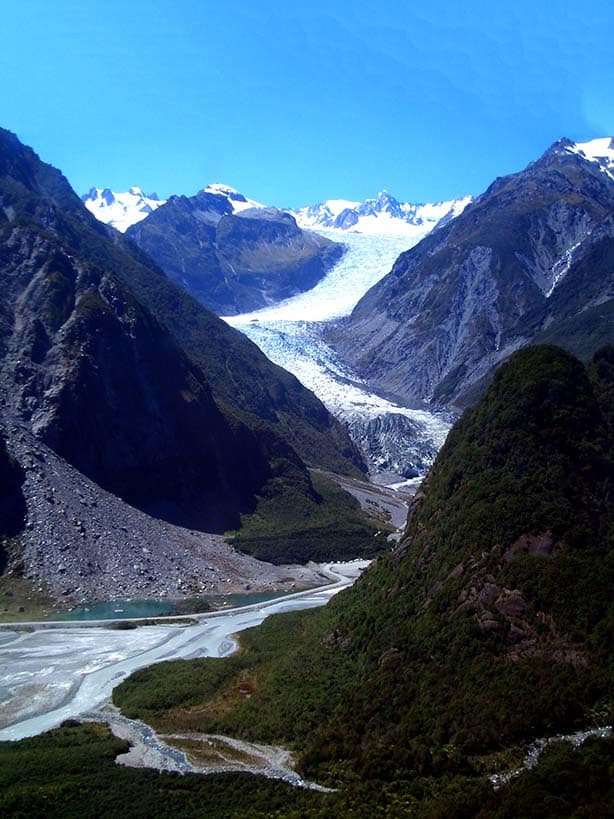
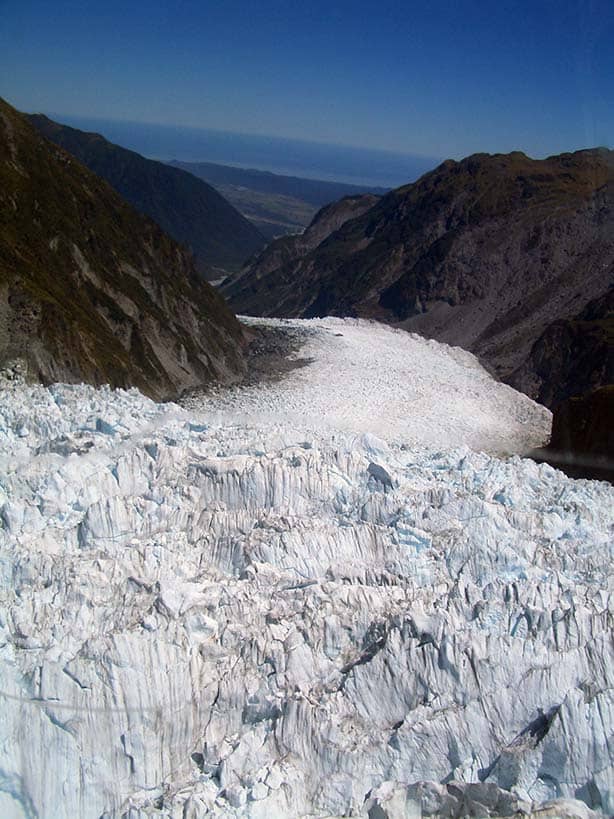
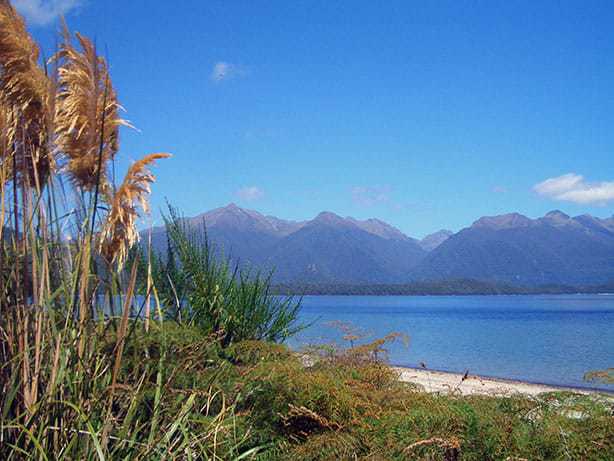
It is almost impossible to put all the beauties of this country in a few words, but a trip through New Zealand is an absolutely varied and breathtaking experience for nature lovers. Please contact our New Zealand specialists, we will organize your individual dream tour.

We would be happy to advise you personally:

